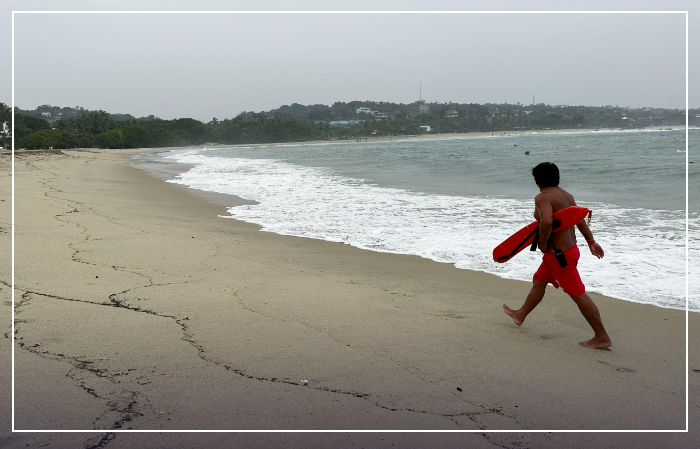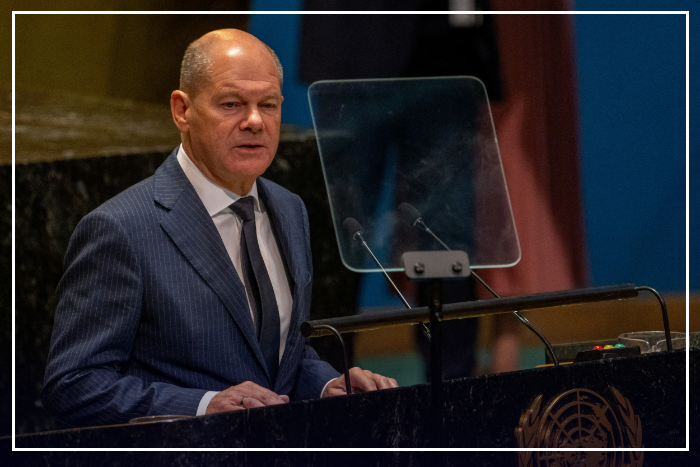Askume, Sept 17 – Flooding in Myanmar, triggered by heavy rains caused by Typhoon Yagi, has killed at least 226 people in more than a week in the war-torn Southeast Asian country’s central provinces, state media reported on Tuesday.
Nearly a third of Myanmar’s 55 million people already need humanitarian aid after the powerful military overthrew the civilian government of Nobel laureate Aung San Suu Kyi in February 2021, sparking a coup and ongoing conflict.
The areas worst hit by the floods include the second city of Mandalay, the capital Naypyidaw and parts of Shan state.
State media said about 77 people were still missing.
The pro-junta newspaper Global New Light of Myanmar reported that “a total of 388 relief camps were opened in nine regions and states, and well-wishers donated drinking water, food and clothing.”
In the Mandalay region alone, nearly 40,000 acres of agricultural land have been inundated and about 26,700 houses have been damaged by heavy rains and floods, according to the United Nations Office for the Coordination of Humanitarian Affairs (OCHA).
The United Nations Children’s Fund (UNICEF) also said that many flood-affected areas remained difficult to access with many roads damaged and telecommunications and power networks disrupted.
“The affected areas include camps for displaced persons, including children, who already struggle with limited services due to the ongoing conflict,” UNICEF said in a statement.
Regional impact
Typhoon Yagi, the strongest storm to hit Asia this year, wreaked havoc in parts of Southeast Asia and killed at least 292 people in Vietnam .
In Thailand, the storm brought heavy rainfall and flooding, which also inundated northern towns along the Myanmar border.
At least 45 people have died in flood-related incidents, including flash floods and landslides, across Thailand since last month, according to the Ministry of Disaster Prevention and Reduction.
At least three people were killed in Laos, more than 440 families were evacuated and floods inundated about 7,825 acres of rice fields in eight provinces, according to UNICEF.








